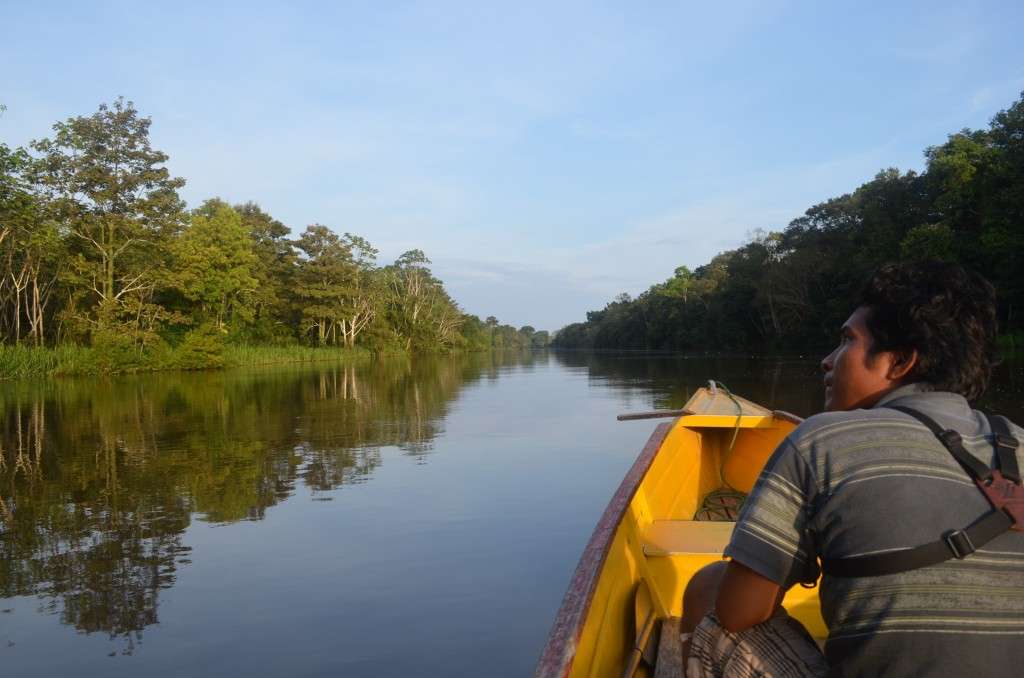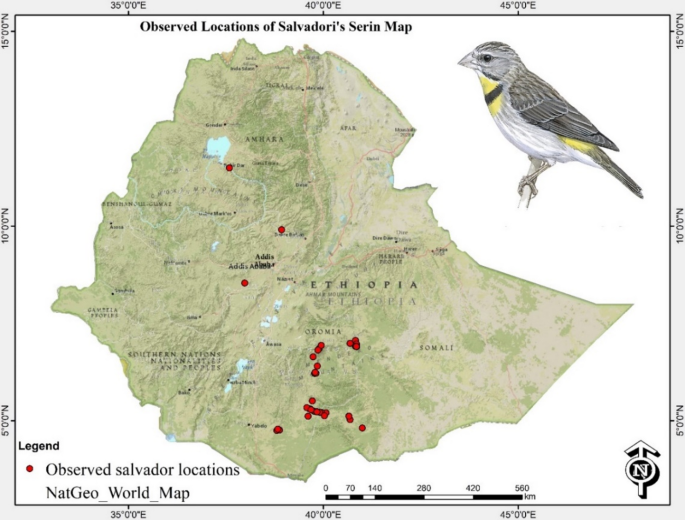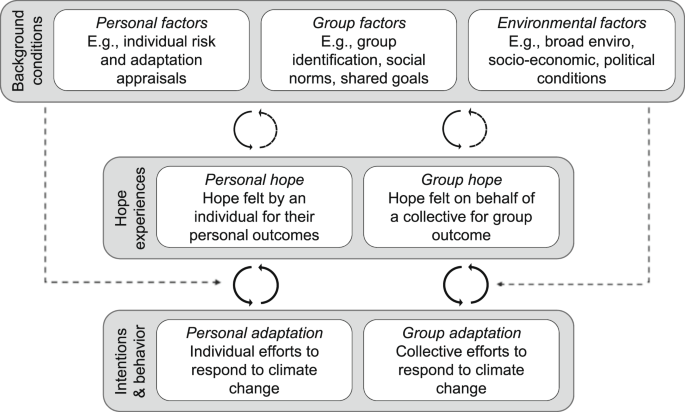Report on the Legal Imperatives for Climate Action at COP30
Introduction: A Paradigm Shift from Political Aspiration to Legal Obligation
The 30th Conference of the Parties (COP30) in Belem, Brazil, represents a critical juncture for global climate negotiations. Recent advisory opinions from the Inter-American Court of Human Rights (IACtHR) and the International Court of Justice (ICJ) have fundamentally reframed climate action as a non-negotiable legal obligation rather than a matter of political discretion. This report analyzes the implications of these rulings, emphasizing their alignment with the Sustainable Development Goals (SDGs) and establishing a new legal baseline for international climate policy.
Advancing SDG 13 (Climate Action) Through International Law
Landmark Rulings Reinforce State Obligations
In July 2025, two of the world’s highest courts affirmed that states have binding legal duties to address the climate crisis. These duties are derived from existing international law, including climate treaties, human rights conventions, and multilateral environmental agreements. This development strengthens the framework for SDG 16 (Peace, Justice and Strong Institutions) by holding states accountable under the rule of law. The key outcomes from these rulings include:
- Climate action is a legal requirement, not a voluntary political choice.
- States are legally obligated to prevent climate-related harm and protect the right to a clean, healthy, and sustainable environment, a cornerstone of SDG 3 (Good Health and Well-being).
- These legal duties apply universally, irrespective of a nation’s party status to specific climate agreements.
New Legal Standards for Nationally Determined Contributions (NDCs)
The ICJ ruling establishes a stringent legal test for national climate plans (NDCs), which are central to achieving the goals of the Paris Agreement and SDG 13. For an NDC to be compliant with international law, it must meet the following criteria:
- Represent the country’s highest possible ambition.
- Demonstrate progression beyond previous commitments.
- Be sufficient to contribute to limiting global warming to 1.5°C.
This legal standard moves beyond the lowest-common-denominator approach of past negotiations and mandates that all future COP decisions align with science and law.
Integrating Core SDG Principles into Climate Negotiations
Equity, Justice, and Global Partnerships (SDG 10, SDG 16, SDG 17)
The court rulings underscore the principle of equity and common but differentiated responsibilities. This directly supports SDG 10 (Reduced Inequalities) by recognizing the historical responsibility of major emitters and the disproportionate impacts on climate-vulnerable nations. Collective action, a central tenet of SDG 17 (Partnerships for the Goals), must be predicated on this legal and ethical foundation. Developed nations have a clear legal duty to provide remedy and reparations for the harm caused by their emissions.
Climate Finance as a Legal Duty
The provision of climate finance by developed countries is now framed as a legal obligation, not an act of charity. This is a critical component for the implementation of SDG 17 and is essential for enabling developing nations to achieve their climate goals. Legally mandated financial commitments must be scaled up to address:
- Mitigation: Supporting the transition to clean energy systems.
- Adaptation: Building resilience to unavoidable climate impacts.
- Loss and Damage: Providing remedy for climate-related destruction, with the Fund for Responding to Loss and Damage identified as a key mechanism.
Thematic Priorities for COP30 Aligned with the SDGs
Mitigation and the Transition to Clean Energy (SDG 7 & SDG 13)
The legal imperative to prevent climate harm necessitates a direct focus on its root cause: fossil fuels. The rulings imply that continued production, use, and subsidization of fossil fuels may violate international law. Therefore, a central objective for COP30 must be to secure a full, fast, fair, and funded phase-out of fossil fuels. This action is fundamental to achieving both SDG 7 (Affordable and Clean Energy) and the mitigation targets of SDG 13.
Upholding Human Rights and Ensuring a Just Transition (SDG 3, SDG 8, SDG 16)
The IACtHR ruling explicitly links climate action to human rights, creating state obligations that support a just and equitable transition. In line with SDG 16, states are now legally required to protect fundamental freedoms in the context of climate policy. Key obligations for COP30 negotiations include:
- Protecting the right to a clean, healthy, and sustainable environment (SDG 3).
- Implementing measures to stop the spread of climate disinformation.
- Ensuring the protection and meaningful participation of environmental and human rights defenders.
These principles are essential for ensuring a just transition that supports SDG 8 (Decent Work and Economic Growth) by creating sustainable economies where the rights of all are protected.
Conclusion: A New Era of Accountability for Global Climate Governance
The advisory opinions from the IACtHR and ICJ have inaugurated a new era of climate accountability. The foundation for negotiations at COP30 is no longer the political outcome of the previous conference but the binding requirements of international law. The success of COP30 will be measured by its alignment with these legal obligations, the best available science, and the comprehensive framework of the Sustainable Development Goals.
Analysis of the Article in Relation to Sustainable Development Goals
1. Which SDGs are addressed or connected to the issues highlighted in the article?
-
SDG 13: Climate Action
- The entire article is centered on the climate crisis, global climate talks (COP30), and the legal obligations of countries to take ambitious climate action. It explicitly discusses mitigation, adaptation, and the goal of keeping global warming to 1.5°C.
-
SDG 16: Peace, Justice and Strong Institutions
- The article heavily emphasizes the role of international law and judicial bodies like the Inter-American Court of Human Rights (IACtHR) and the International Court of Justice (ICJ) in enforcing climate obligations. It discusses legal accountability, the rule of law, stopping disinformation, and protecting the rights of environmental human rights defenders.
-
SDG 17: Partnerships for the Goals
- The article highlights the legal duty of developed countries to provide climate finance to developing nations for mitigation, adaptation, and loss and damage. This addresses the financial partnership and shared responsibility between nations, particularly recognizing the “historic responsibility of the largest cumulative emitters.”
-
SDG 7: Affordable and Clean Energy
- The text calls for a “full, fair, fast, and funded fossil fuel phaseout” and mentions replacing coal plants with wind farms. It also identifies fossil fuel subsidies as a key problem, directly linking to the transition towards sustainable and clean energy systems.
2. What specific targets under those SDGs can be identified based on the article’s content?
-
Under SDG 13 (Climate Action):
- Target 13.2: Integrate climate change measures into national policies, strategies and planning. The article directly addresses this by discussing the legal requirement for countries to submit ambitious national climate plans (NDCs) that are capable of “keeping warming to 1.5°C.”
- Target 13.a: Implement the commitment undertaken by developed-country parties to the UNFCCC to a goal of mobilizing finance for developing countries. The article repeatedly states that developed countries have a “legal duty to provide this finance” for mitigation, adaptation, and the “Fund for Responding to Loss and Damage.”
-
Under SDG 16 (Peace, Justice and Strong Institutions):
- Target 16.3: Promote the rule of law at the national and international levels and ensure equal access to justice for all. The article’s central argument is that recent rulings from the ICJ and IACtHR have established climate action as a “legal obligation” and that COP30 must align with international law, thus promoting the rule of law in the climate sphere.
- Target 16.10: Ensure public access to information and protect fundamental freedoms. The article mentions that the IACtHR ruling acknowledged States’ “legal obligations to stop the spread of disinformation and protect environmental human rights defenders,” ensuring they are “heard — not silenced or punished.”
-
Under SDG 17 (Partnerships for the Goals):
- Target 17.3: Mobilize additional financial resources for developing countries from multiple sources. The demand for developed nations to “commit climate finance — for mitigation, adaptation, and loss & damage” and to fill the “Fund for Responding to Loss and Damage” directly relates to mobilizing these resources.
-
Under SDG 7 (Affordable and Clean Energy):
- Target 7.2: By 2030, increase substantially the share of renewable energy in the global energy mix. The call for a “full, fair, fast, and funded fossil fuel phaseout” and the example of replacing a “coal plant with a wind farm” directly supports this target by advocating for a shift away from fossil fuels to renewables.
3. Are there any indicators mentioned or implied in the article that can be used to measure progress towards the identified targets?
-
For SDG 13 (Climate Action):
- Indicator for Target 13.2: The ambition level of Nationally Determined Contributions (NDCs). The article implies this can be measured by whether an NDC is “more demanding than its previous one,” reflects the “country’s highest possible ambition,” and is “capable of keeping warming to 1.5°C.”
- Indicator for Target 13.a: The amount of financial contributions made by developed countries. The article specifically points to the funding level of the “Fund for Responding to Loss and Damage” as a key metric.
-
For SDG 16 (Peace, Justice and Strong Institutions):
- Indicator for Target 16.3: The alignment of international agreements with legal rulings. Progress can be measured by whether COP30 outcomes and decisions “align with international law and the best available science,” as demanded by the article.
- Indicator for Target 16.10: The protection of environmental defenders and the prevalence of disinformation. An implied indicator would be a reduction in cases of silencing or punishment of defenders and the implementation of state measures to “stop the spread of disinformation.”
-
For SDG 17 (Partnerships for the Goals):
- Indicator for Target 17.3: The total amount of climate finance committed and delivered by developed countries. The article suggests measuring this through commitments made at COP30 for “mitigation, adaptation, and loss & damage.”
-
For SDG 7 (Affordable and Clean Energy):
- Indicator for Target 7.2: The rate of fossil fuel phase-out and reduction of related subsidies. The article implies progress can be measured by the speed and scale of the “fossil fuel phaseout” and the elimination of actions that “subsidize fossil fuels.”
4. Summary Table of SDGs, Targets, and Indicators
| SDGs | Targets | Indicators |
|---|---|---|
| SDG 13: Climate Action |
13.2: Integrate climate change measures into national policies.
13.a: Mobilize climate finance from developed countries. |
Ambition level of Nationally Determined Contributions (NDCs) aligned with the 1.5°C goal.
Amount of financial contributions to the Fund for Responding to Loss and Damage. |
| SDG 16: Peace, Justice and Strong Institutions |
16.3: Promote the rule of law at international levels.
16.10: Ensure public access to information and protect fundamental freedoms. |
Alignment of COP decisions with international court rulings on climate obligations.
Number of measures taken to protect environmental human rights defenders and combat disinformation. |
| SDG 17: Partnerships for the Goals | 17.3: Mobilize additional financial resources for developing countries. | Total climate finance committed and delivered by developed countries for mitigation, adaptation, and loss & damage. |
| SDG 7: Affordable and Clean Energy | 7.2: Increase the share of renewable energy in the global energy mix. | The rate of the “full, fair, fast, and funded fossil fuel phaseout” and the reduction/elimination of fossil fuel subsidies. |
Source: ciel.org







